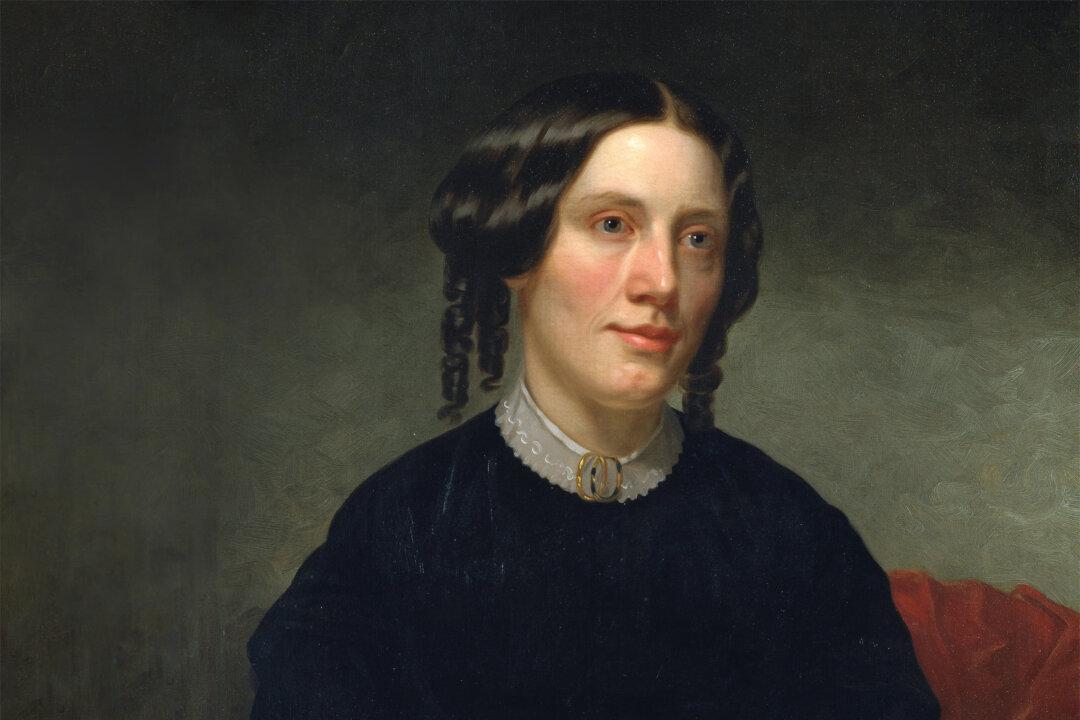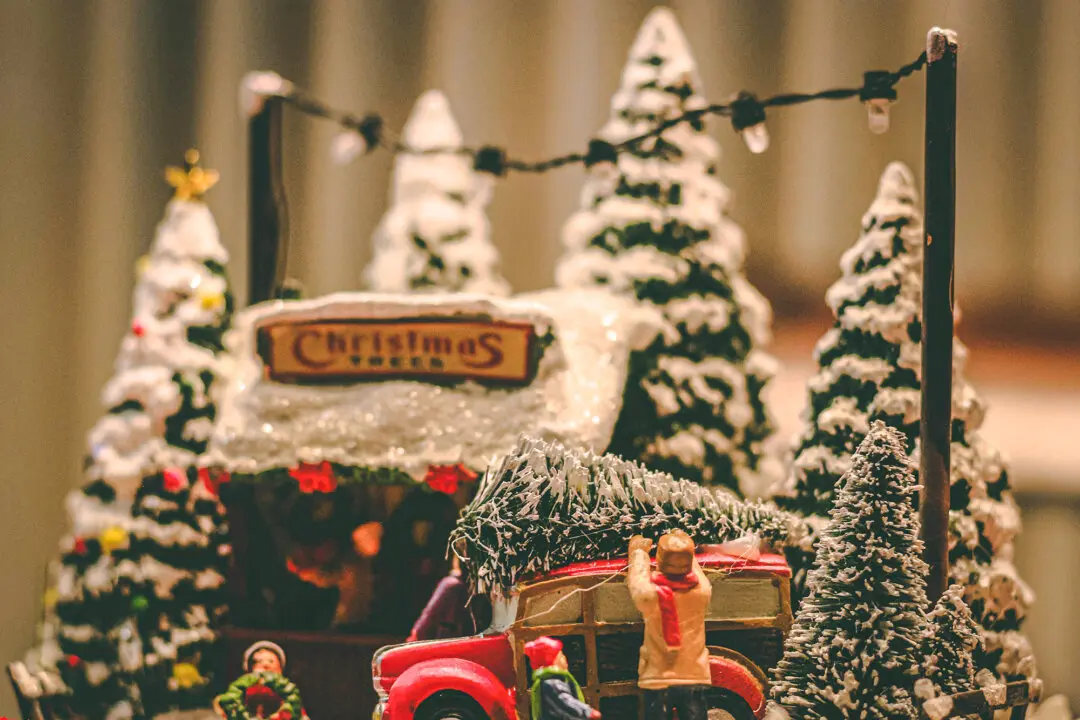The past is a foreign country; they do things differently there. L.P. Hartley, “The Go-Between”
There it sat on my sister’s bookshelves, a duplicate of the book I’d thumbed through frequently in my teenage years, “The Best-Loved Poems of the American People.” I pulled the anthology from the shelf, noted the yellowing of the top edge, opened it, and read the inscription: “Merry Christmas, Penny. 1970. Mom and Dad.”Skimming the Table of Contents, I found many poets and poems I recognized: John Keats’s “La Belle Dame Sans Merci,” Christina Rossetti’s “Up-Hill,” Edgar Allen Poe’s “Annabel Lee,” Joyce Kilmer’s “Trees,” Elizabeth Barrett Browning’s “Sonnet From the Portuguese,” and other familiar names. Even Rudyard Kipling, now banned by the politically correct, appeared at least twice among these makers of verse.






